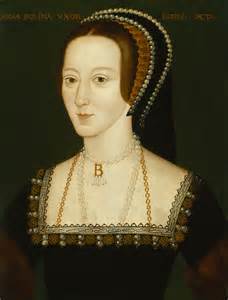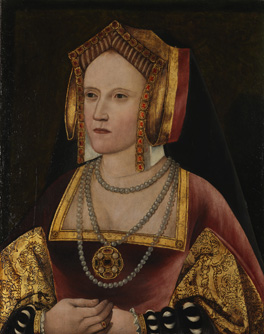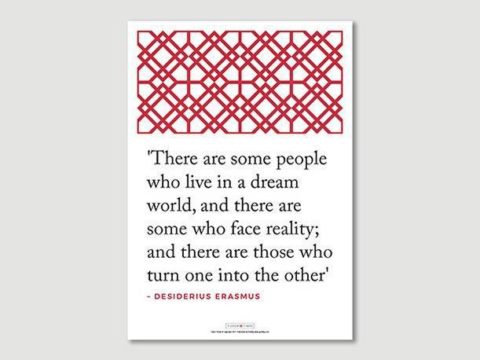Game of Queens
Chapter 2 : Advance
In 1522 Anne appeared at the English court as an attendant on Katherine of Aragon - who, as the daughter of Isabella of Castile, had herself been born and bred into a network of female authority. The marriage of Margaret of Austria to Ferdinand and Isabella’s short-lived son Juan meant that Katherine and Margaret had been sisters-in-law: a connection that was shortly to come into play. When, at the end of the decade Katherine’s marriage to Henry VIII would come under investigation by the papacy, it was Margaret of Austria who found lawyers to advise her for the Blackfriars hearing - even though in those very weeks Margaret was busy negotiating the so-called ‘Ladies’ Peace’ between France and the Habsburgs, across the table from her old playmate Louise of Savoy.[1]
In 1522, however, Katherine and Henry’s marriage was still steady. It had, however, produced only a daughter - Mary. Was that what paved the way for Anne Boleyn? Maybe.

When Anne arrived at the English court it was her Frenchified ways that made her both a star and a quarry for the male courtiers and the man who led them. Henry’s letters to her, after his courtship began in 1525/6, are redolent of the tropes of courtly love, that game played so expertly at the continental courts. But besides the personal - and the progenitorial! - there would come to be a political element to this love story.
The Anne Boleyn who returned to England from France had so thoroughly taken that country to her heart as to seem - said the diplomat Lancelot de Carles - ‘a native-born Frenchwoman’. Indeed, in 1530 the Imperial ambassador Chapuys could write that it was her influence on Henry VIII ‘on which alone depend the credit and favour the French now enjoy at this court’. When Anne accompanied Henry to Calais in 1532 there were even rumours the couple would marry there, with King Francois part of the company. But if Anne’s French background played a part in her rise - meant she could play the role almost of a French princess, when an alliance with France seemed useful - it also played a part in her fall, maybe.

Katherine of Aragon’s stock in England had always gone up and down with the desirability or otherwise of an alliance with the Spanish Habsburgs she represented. For much of Henry and Anne’s brief marriage, the discarded figure of Katherine made such an alliance impossible, for how could Henry ally with the Emperor Charles V while continuing to repudiate the Emperor’s aunt?
But when an alliance with the Habsburgs seemed once more desirable - and when, in the early weeks of 1536, Katherine died - it was the Francophile Anne who now stood in the way. And Anne, unlike Katherine, had at the end of the day no powerful European family to protect her from her enemies.
[1] Katherine’s marriage to Henry VIII had given her another sister-in-law with whom she had a particularly telling bond. Henry’s elder sister Margaret Tudor had been married to the Scots King James - a difficult position for her since English and Scots were perennially at enmity. In 1513 Katherine - left Regent of England while Henry was away - sent her armies to meet the Scots at Flodden. After King James was killed by those same English Katherine nonetheless sent offers of comfort to his widow. By 1522 Flodden was an old story. But it is worth retelling because Margaret Tudor was far from the only one of these queens caught between natal and marital loyalties.






